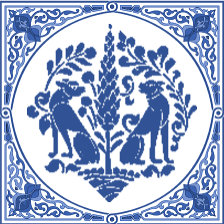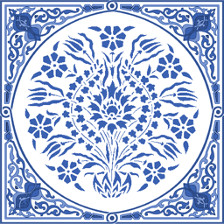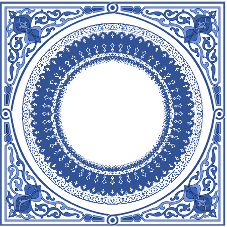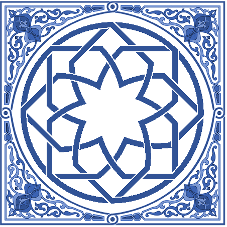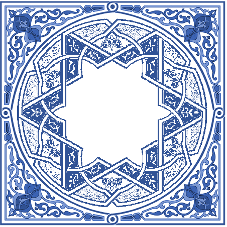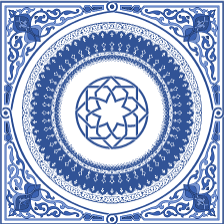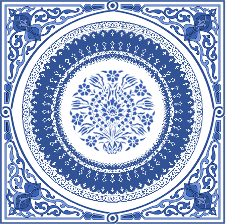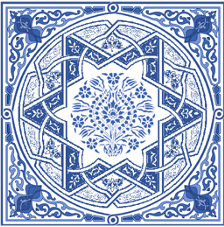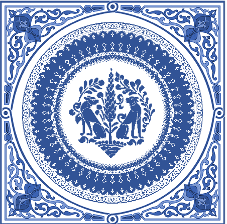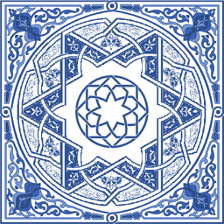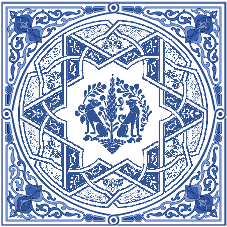
Saydanah is a game for 2 – 4 players, and features elements of deck building, worker placement, and tile laying, alongside Match 3 gameplay from digital games such as Bejewelled.
The game focusses on pharmacy from the medieval Islamic world (saydaliya is the Arabic word for ‘pharmacy’), with each player taking on the role of a physician who is creating medicines to treat their patients. Each medical recipe that a player creates will have a prestige value, and this total counts towards the player’s overall victory score. At the end of 8 rounds, the player with the highest score is the winner.
Medicines are created by matching patterns of coloured glass stones. These stones represent materials used in medieval pharmacy, and are placed on a changing play area made up of 36 tiles. Matching prescribed patterns, dictated by a set of recipe cards, in order to make up distinct sets, will create the medicines and score points for the player.
Recipes are made up of materials from three distinct categories, following the classic Linnaean taxonomy of ‘animal, mineral, and vegetable’ types. Players will begin the game with two recipes that they are trying to make, and will be able to select new recipes to pursue as the game progresses. They will be able to observe which recipes their opponents are trying to make and, at times, thwart their efforts.
Recipe cards are the key to scoring points that ensure victory, but they are reliant on other elements including the aforementioned materials, alongside tiles, and inventory cards.
The main play area for the game is made up of 36 double-sided tiles, and is randomised during the initial setup phase of the game, so will be different every time that the game is played. Players will need to adopt complex strategies in order to maximise their score and limit their opponents’ success, and can learn how best to react to the different scenarios that the game presents to them.
Over the course of the game, inventory cards will grant special bonuses and abilities to players, and players will have the opportunity to hinder their opponents in an effort to prevent them from winning the game, either by direct conflict, or by altering the board to turn it to their advantage.
The board’s artwork incorporates classic Islamic geometric designs, and is themed around the famous “blue and white” style, which was commonly used in Islamic pottery during the medieval period. Within this design tradition there were, broadly speaking, three distinct type of motif employed by artists: floral, geometric, and figural. The game board and tile design mimics this tradition, and employs these motifs to represent the elements of the Linnaean taxonomy. So, figural motifs react with animal materials, geometric with mineral, and floral motifs react with vegetal materials.
|
UNFINISHED PROTOTYPE Sadly, work on this game was shelved after it proved to be too complex for the monthly family sessions. It was played over a number of months, and I still plan to finish work on it one day, but for the moment there is no playable version available. Maybe one day!
You can see some of the game's tiles on the right, and the prototype board is shown below. |
|
|
|
|

